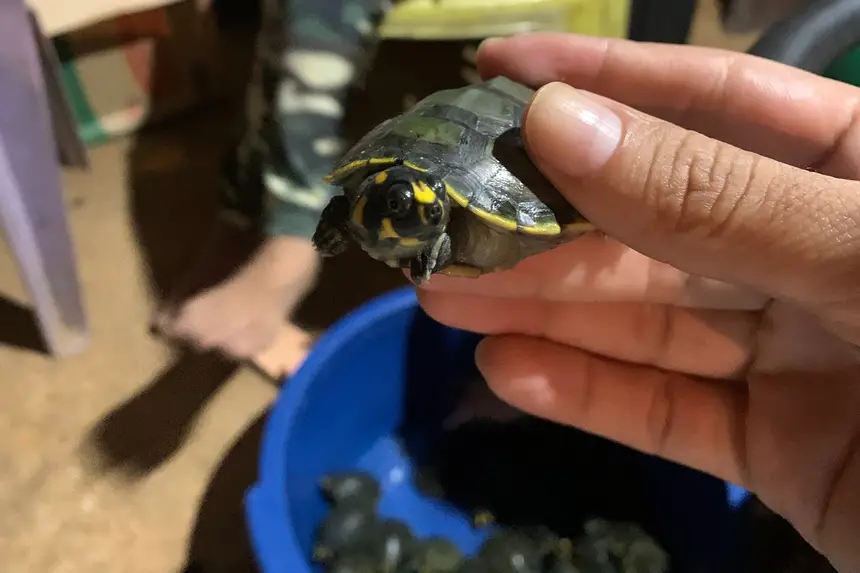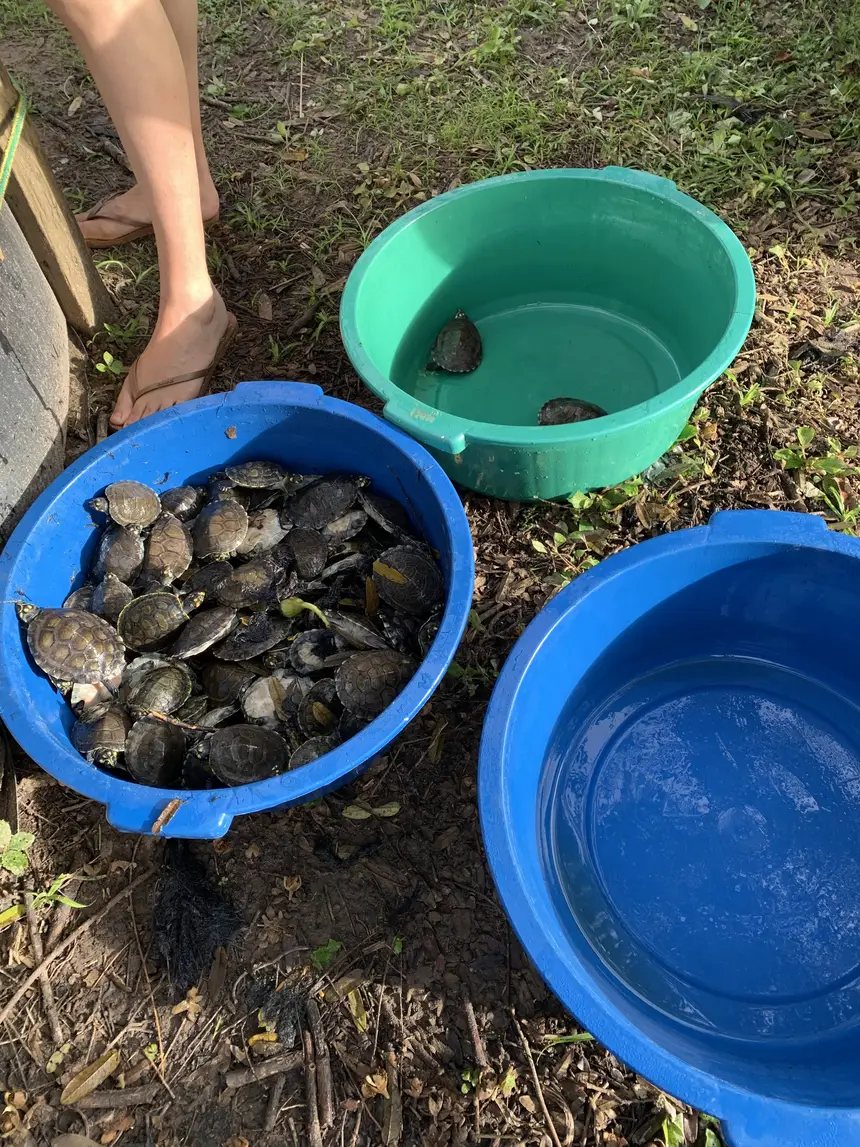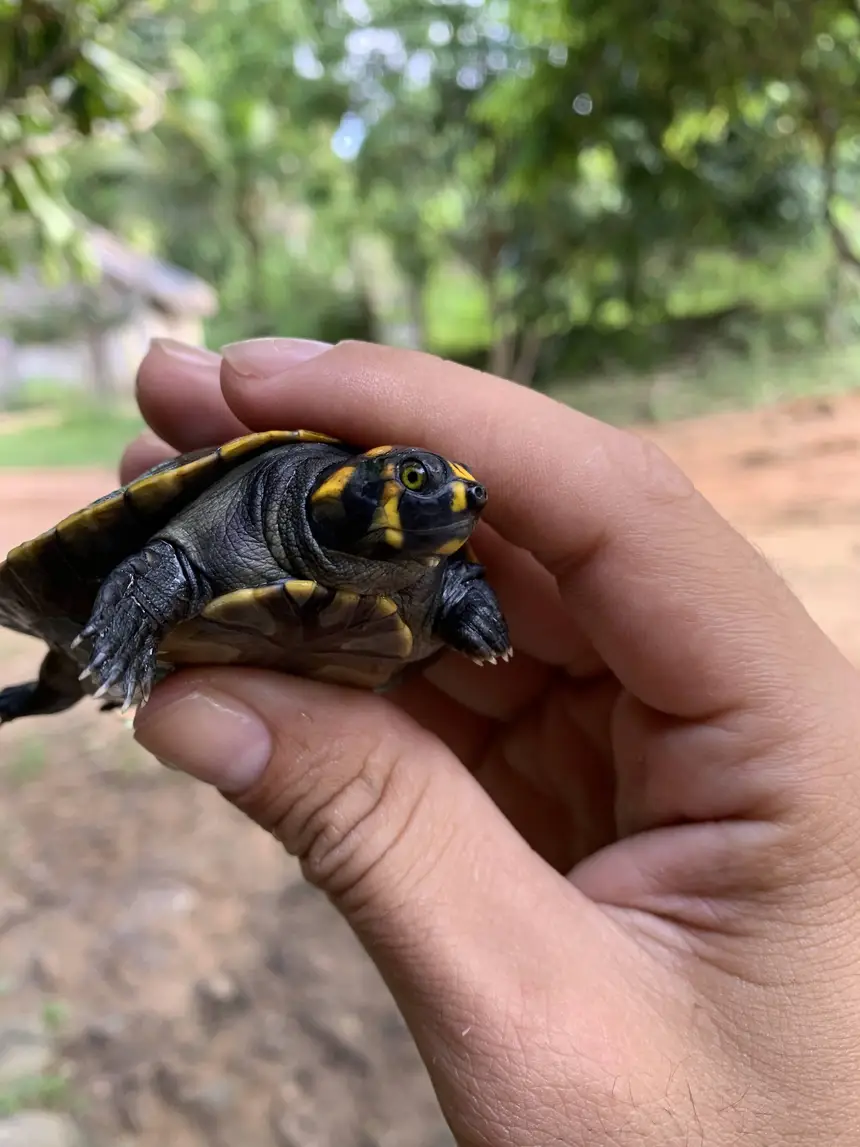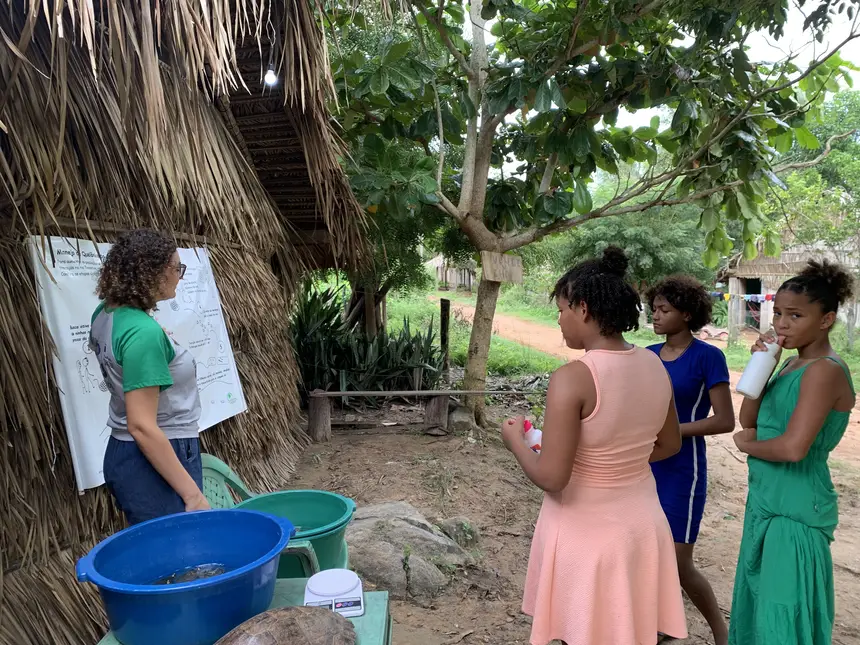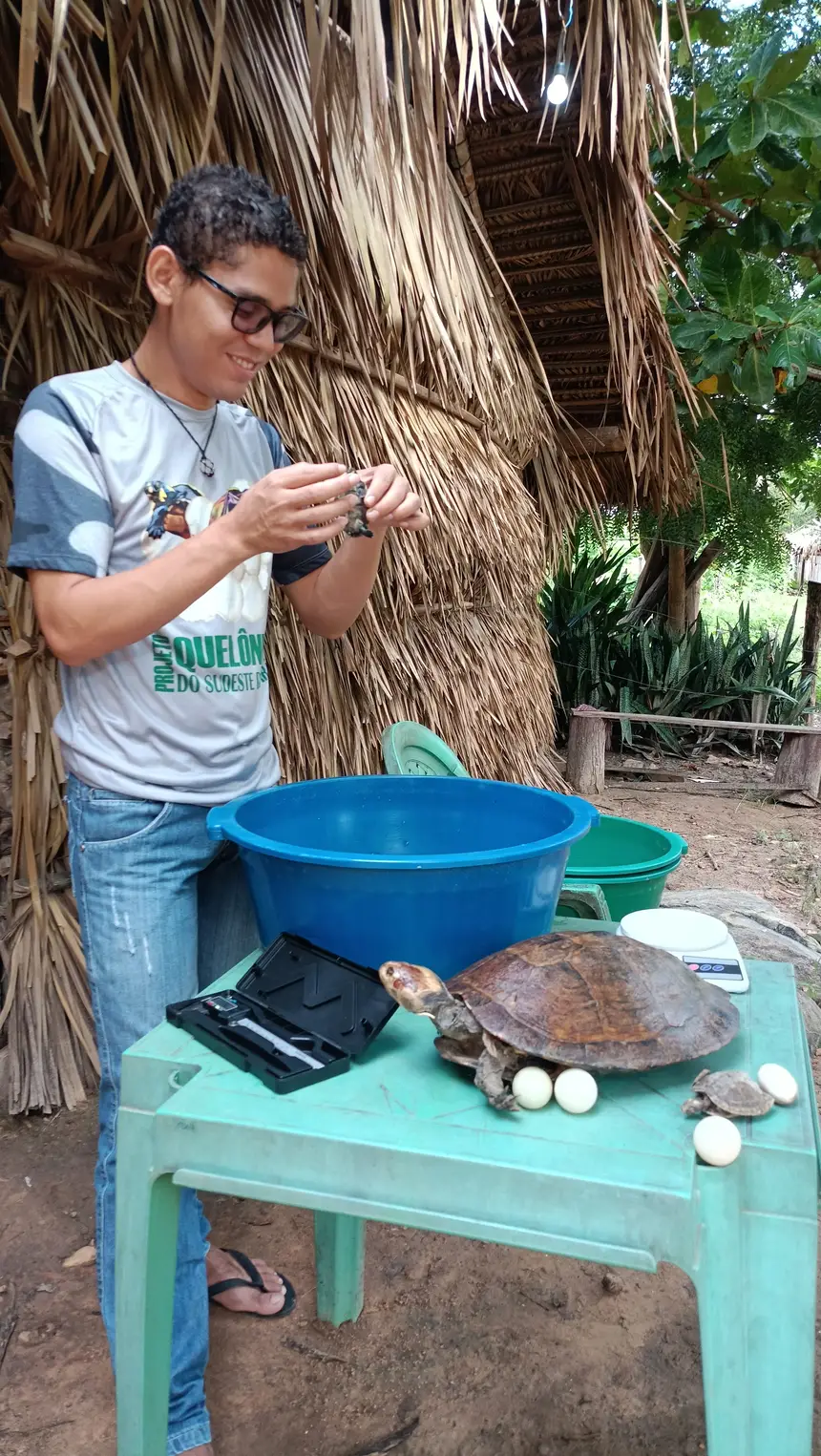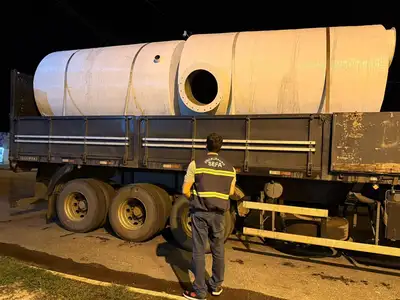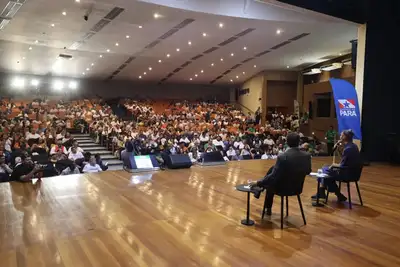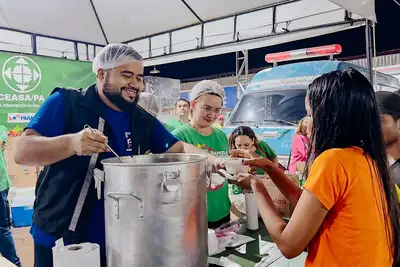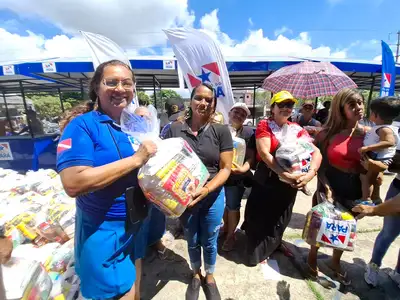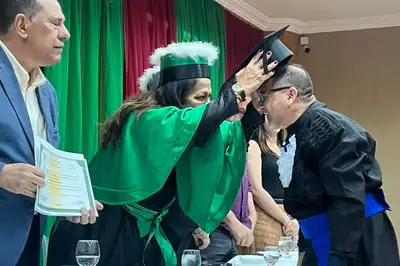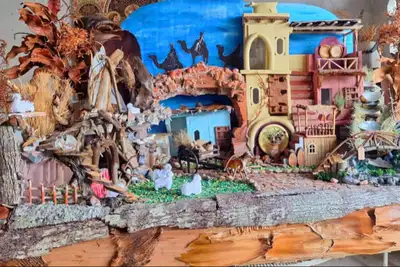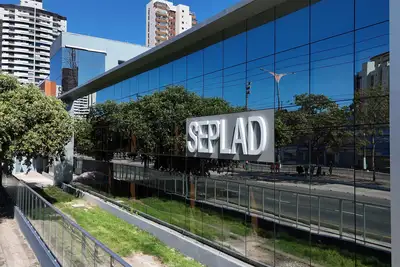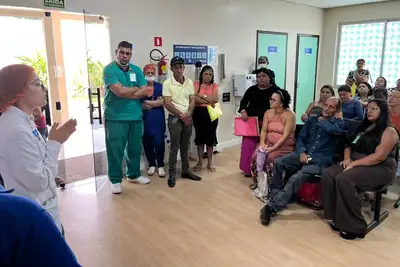Quelônios Project of Southeast Pará releases over 7 thousand animals in the APA Lago de Tucuruí
Action developed by Unifesspa, in partnership with Ideflor-Bio, Zoobotanical Foundation of Marabá, and Eletrobrás-Eletronorte, returned Amazon river turtle and tracajá hatchlings to nature.
More than 7 thousand turtles have already been reintroduced to nature in 2025, thanks to the Quelônios Project of Southeast Pará. The actions take place at various points in the Environmental Protection Area (APA) of Lago de Tucuruí, one of the 29 Conservation Units (UCs) managed by the Institute of Forest Development and Biodiversity of Pará (Ideflor-Bio). Among the main species reintegrated into the natural environment are the Amazon river turtles (Podocnemis expansa) and tracajás (Podocnemis unifilis).
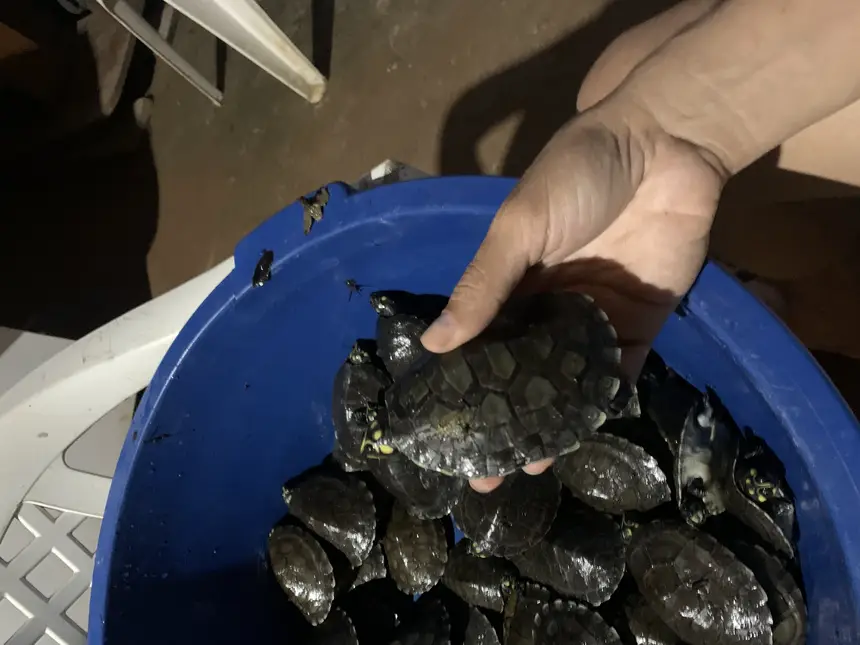
The releases were conducted by the Federal University of South and Southeast Pará (Unifesspa), with support from the Zoobotanical Foundation of Marabá and Eletrobrás-Eletronorte, in partnership with Ideflor-Bio, through the Management of the Administrative Region of the Tucuruí Lake Mosaic. The initiative promotes the revitalization of aquatic animal populations affected by climate change.
Only this year, more than 2,200 tracajás and 5,200 Amazon river turtle hatchlings have been released. The releases take place in the communities of Vila Santo Antoninho, Saúde, and Tauiry, in the municipality of Itupiranga, southeastern Pará.
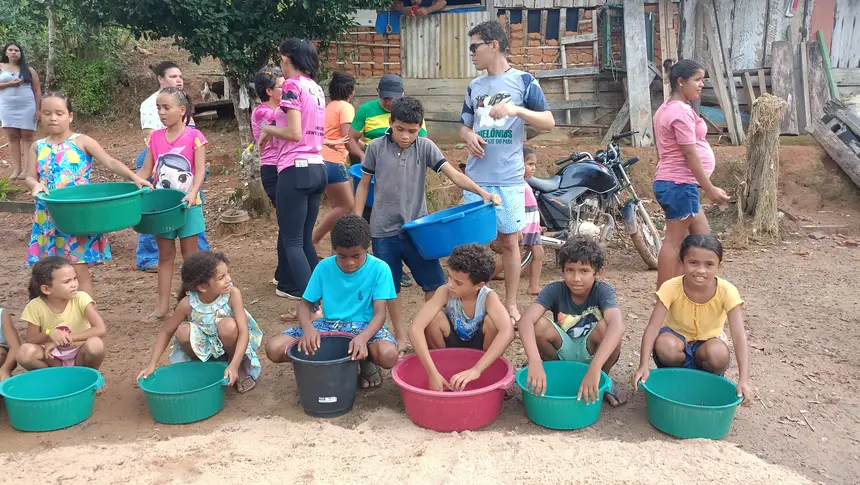
Efforts - According to the project coordinator, Cristiane Cunha, the release reinforces the recovery of these species and helps raise awareness about environmental preservation. “Recovering these species in Lago de Tucuruí means improving the quality of the aquatic environment, as turtles are important for environmental balance and help clean the river, in addition to being part of the food chain of other animals,” she highlighted.
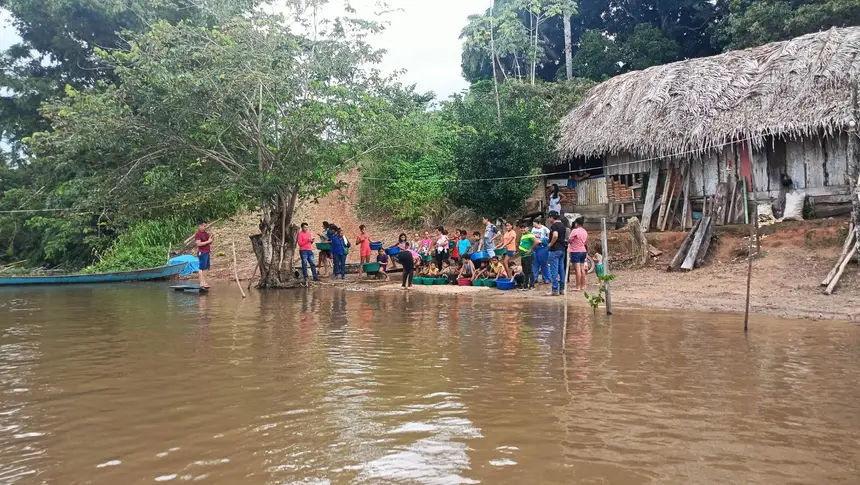
The head of the Management of the Administrative Region of the Mosaic, Keylah Borges, emphasized that between 2024 and 2025, more than 19 thousand hatchlings of both species were released in the region. “This reflects the importance of the project. The releases are very beautiful and important moments, as during these commemorative events, community members, especially children, were able to participate in environmental education activities with the project team and released the hatchlings into the lake,” she added.
Text: Sinval Farias - with supervision by Vinícius Leal (Ascom/Ideflor-Bio)


